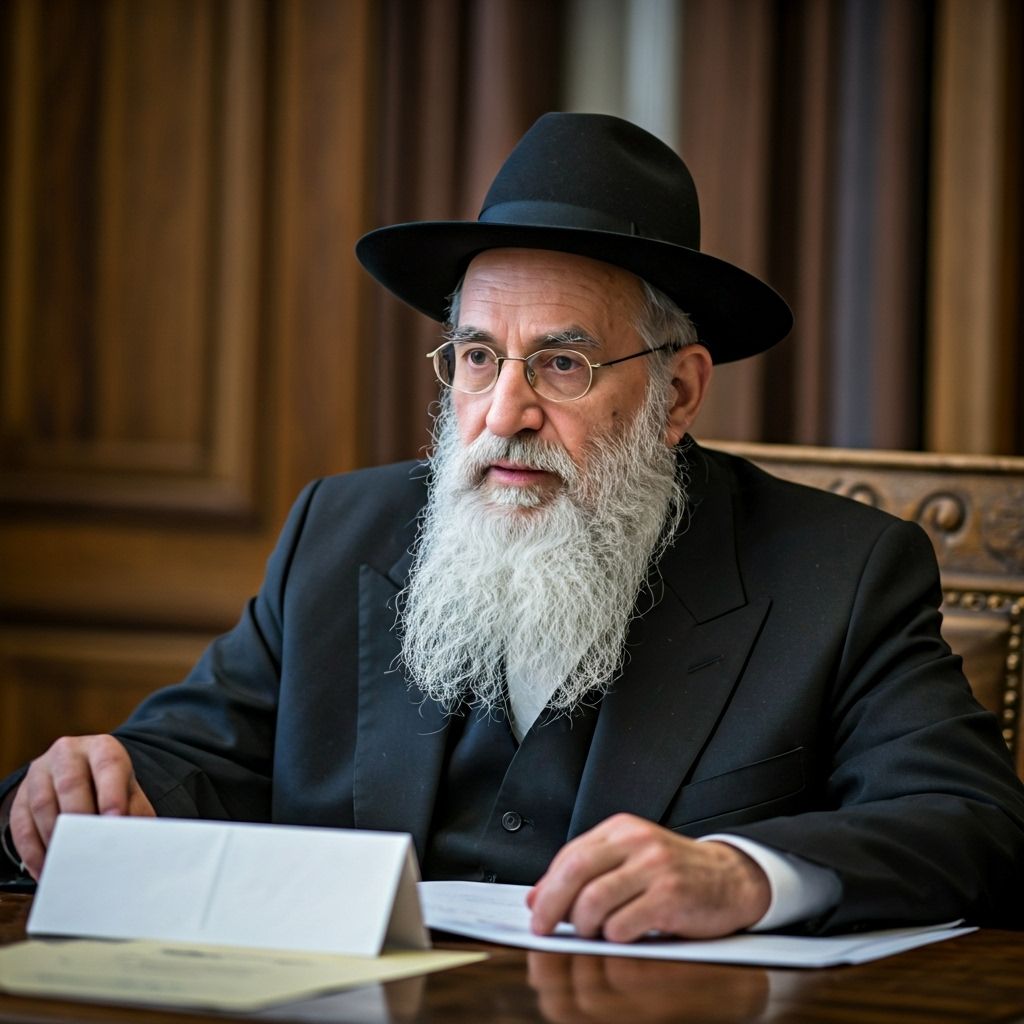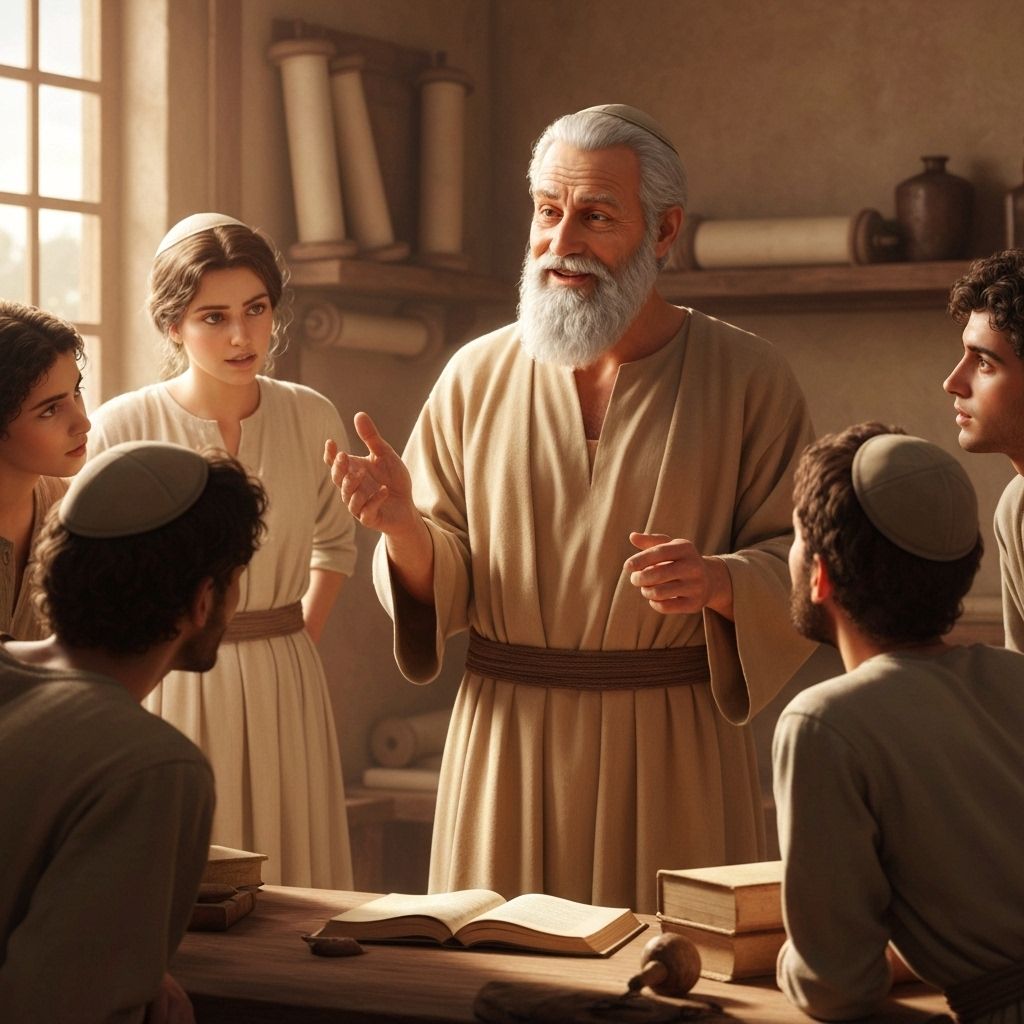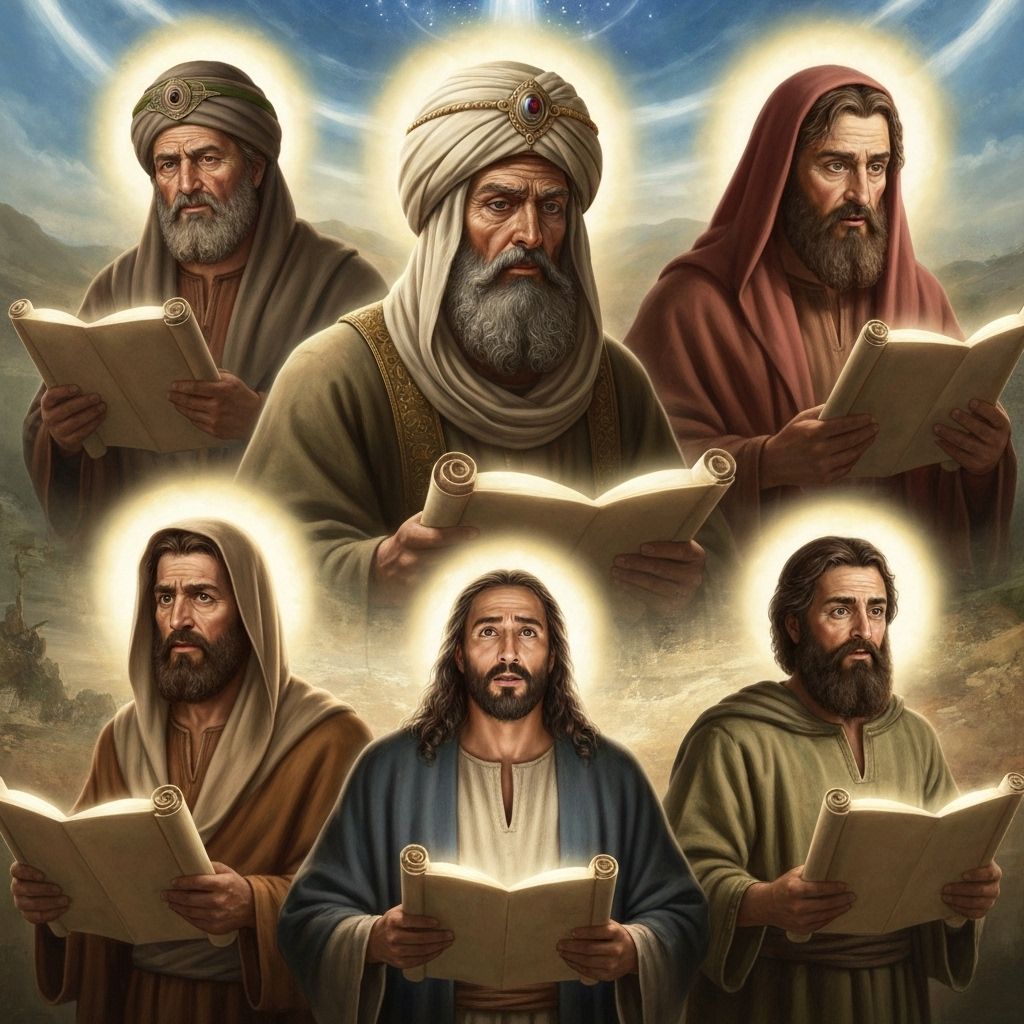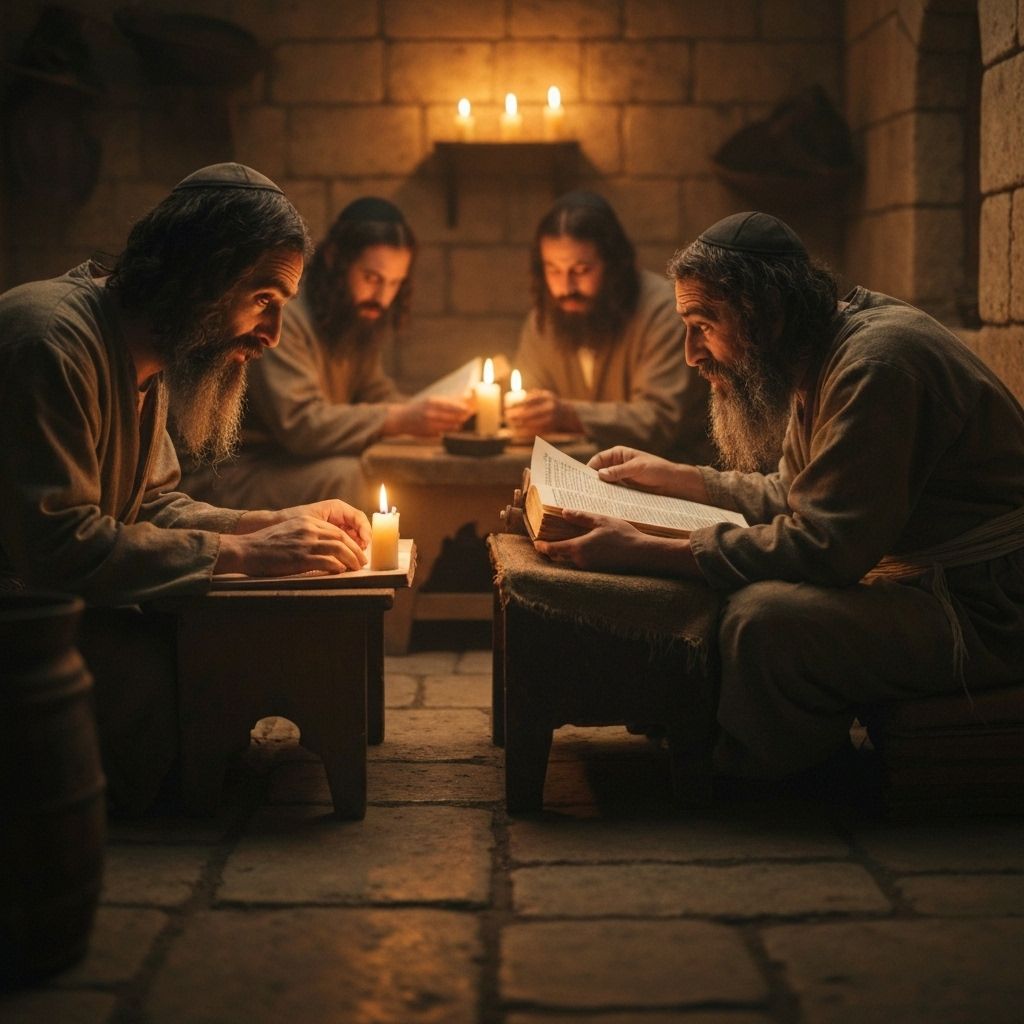3-Minute Summary
The Words of the Torah Explained with Help from Rashi and Ramban
Rashi (1040-1105) was a medieval French rabbi whose commentary on the Torah and Talmud is considered essential reading. His explanations focus on the plain meaning of the text and are known for their clarity and accessibility.
Ramban (1194-1270) was a Spanish rabbi, physician, and philosopher who provided deeper mystical and philosophical insights into the Torah, often building upon Rashi's work while adding his own profound interpretations.
The parsha opens with Hashem calling Moses into the Mishkan, establishing the sanctuary as the place where divine communication occurs. This calling represents the ongoing revelation that continues after Sinai, showing that Torah is not a one-time event but a continuous relationship.
The burnt offering (olah) represents complete devotion to Hashem. The entire animal is consumed by fire, symbolizing total surrender and elevation to divine service. This offering is voluntary and expresses pure worship without expectation of personal benefit.
The meal offering (minchah) introduces grain offerings, showing that not all sacrifices require animals. This offering can be brought by anyone, including the poor, emphasizing that divine service is accessible to all economic levels and that gratitude can be expressed through agricultural produce.
The peace offering (shelamim) represents fellowship and communion. Parts are eaten by the priests and the offerer, symbolizing shared celebration and divine-human partnership. This offering accompanies times of joy and thanksgiving.
The sin offering (chatat) addresses unintentional sins and ritual impurities. The blood manipulation and the burning of specific parts represent atonement and purification, showing that divine service includes mechanisms for repentance and spiritual cleansing.
The guilt offering (asham) addresses specific transgressions like theft, deception, or misuse of sacred property. This offering requires restitution plus a fifth, teaching that atonement involves not just sacrifice but concrete action to repair damage caused to others.
The procedures emphasize the role of the priests in facilitating divine service. The priests examine the offerings, perform the rituals, and ensure that all requirements are met, establishing their function as mediators between the people and Hashem.
The parsha establishes that offerings must be brought to the Mishkan entrance, creating a structured approach to divine service. This requirement ensures that worship occurs in designated sacred space and follows proper procedures.
Different animals and birds are specified for different offerings, showing that divine service considers the nature and value of what is offered. The choice of offering reflects both the offerer's means and the purpose of the sacrifice.
The parsha concludes with the general principle that offerings should be brought 'before Hashem,' emphasizing that the ultimate recipient and purpose of all sacrifices is divine service and relationship, not personal benefit.








